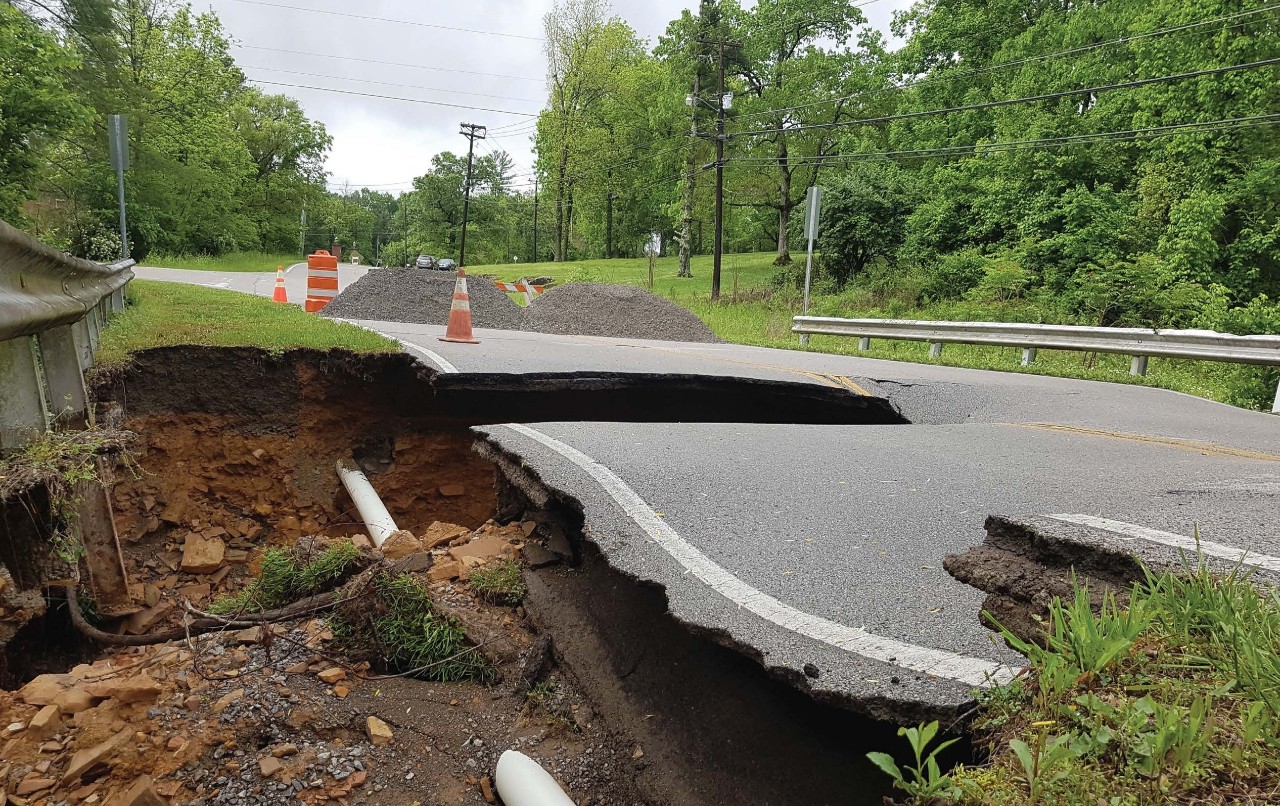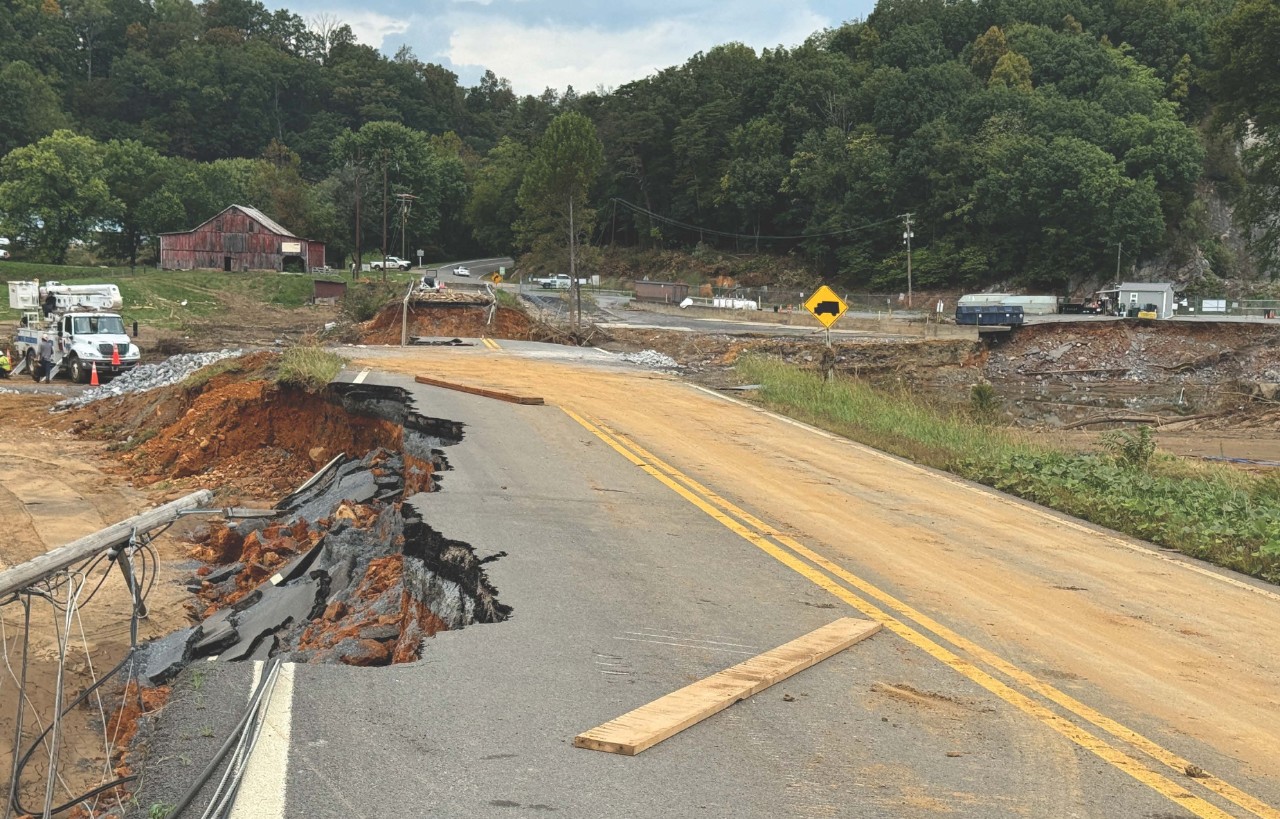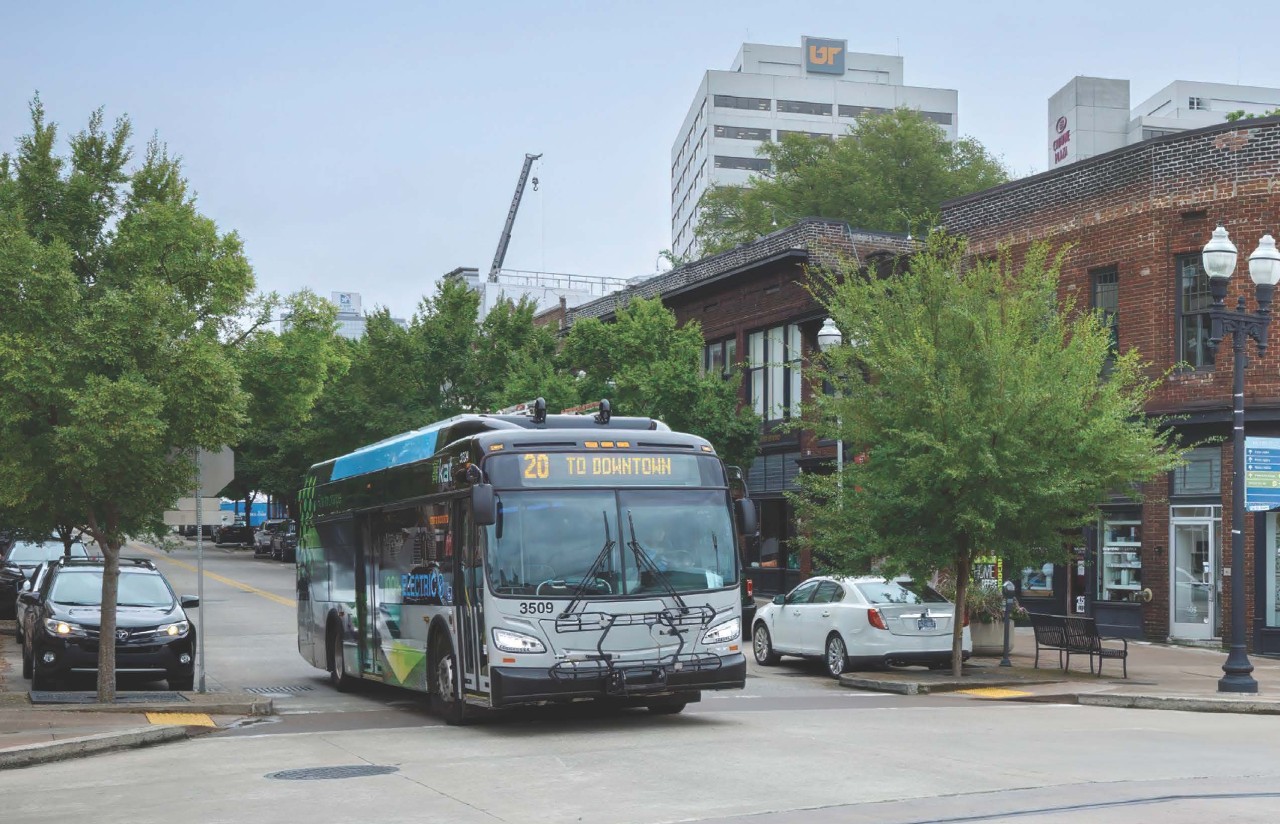Promoting Resilient Operations for Transformative, Efficient and Cost-Saving Transportation (PROTECT)
- The PROTECT Program was created by the Bipartisan Infrastructure Law, enacted in 2021 as the Infrastructure Investment and Jobs Act.
- PROTECT was established to help make surface transportation more resilient to natural hazards, including climate change, flooding, extreme weather events, and other natural disasters.
- Funds can be used to support planning activities, resilience improvements, community resilience and evacuation routes.
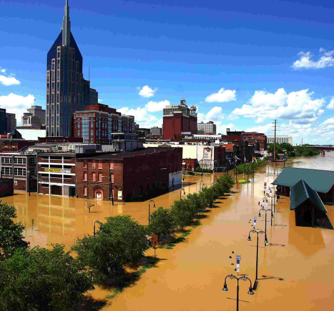
TN Natural Hazards
Various locations within the State of Tennessee are exposed to the following natural hazards:
- Damaging Winds
- Drought
- Extreme Heat
- Floods & Flash Floods
- Hail
- Tropical Storms
- Sink Holes
- Landslides & Rockfalls
- Debris Flow
- Thunderstorms and Lightning
- Tornadoes
- Wildfires
- Snow and Ice Storms
- Freeze-Thaw Days
- Earthquakes
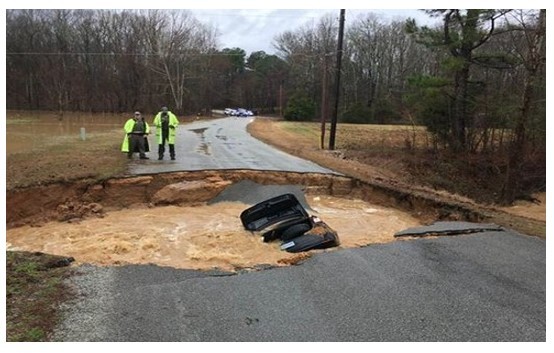
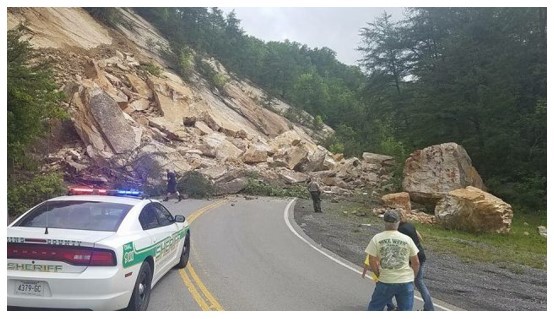
Transportation System Disruptions
Natural hazards can affect a variety of transportation assets, with potentially broad and lasting impacts.
Modes Impacted
- Airports
- Bridges/Tunnels
- Highways
- Ports/Terminals
- Locks/Rivers
- Channels/Harbors
- Rail Line Haul
- Rail Terminals/Stations
- Pipelines
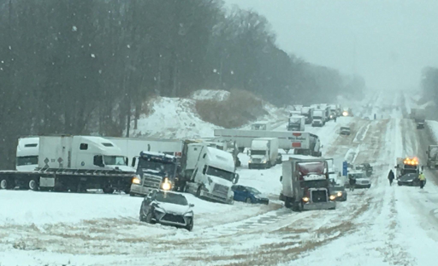
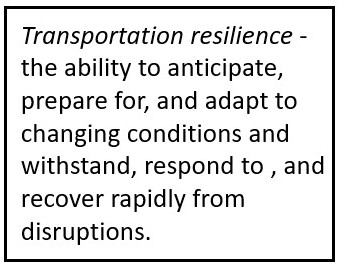
- State DOTs should apply a comprehensive, multimodal approach to resilience planning, and are encouraged to partner with MPOs and local agencies, including counties and cities, to ensure that the needs of all users are addressed.
- Several required elements
- Address immediate and long-range planning activities and investments related to resilience
- Demonstrate a systemic approach to resilience
- Include risk-based assessment of vulnerabilities to current and future weather events and natural disasters
- Resilience Improvement Plans are voluntary State DOT (or MPO) plans
- The agency is better prepared and positioned to take action, restore services, and build back better or relocate assets where appropriate.
- It helps deter problems and take action before a disruption becomes disastrous.
- It can save the state money, the public time, and the agency its respect and reputation.
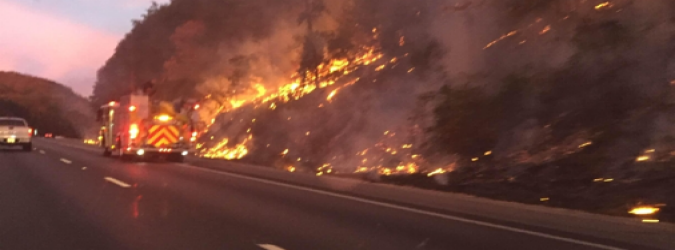
Goal: Make surface transportation more resilient to current and future natural hazards
Key considerations:
- Risk: What risk does a natural hazard pose to an asset given the likelihood, vulnerability, and adaptive capacity?
- Criticality: What assets do we consider important for evacuation and for day-to-day business?
- Practicality: Given existing data and resources, how can we define and implement metrics for resilience?
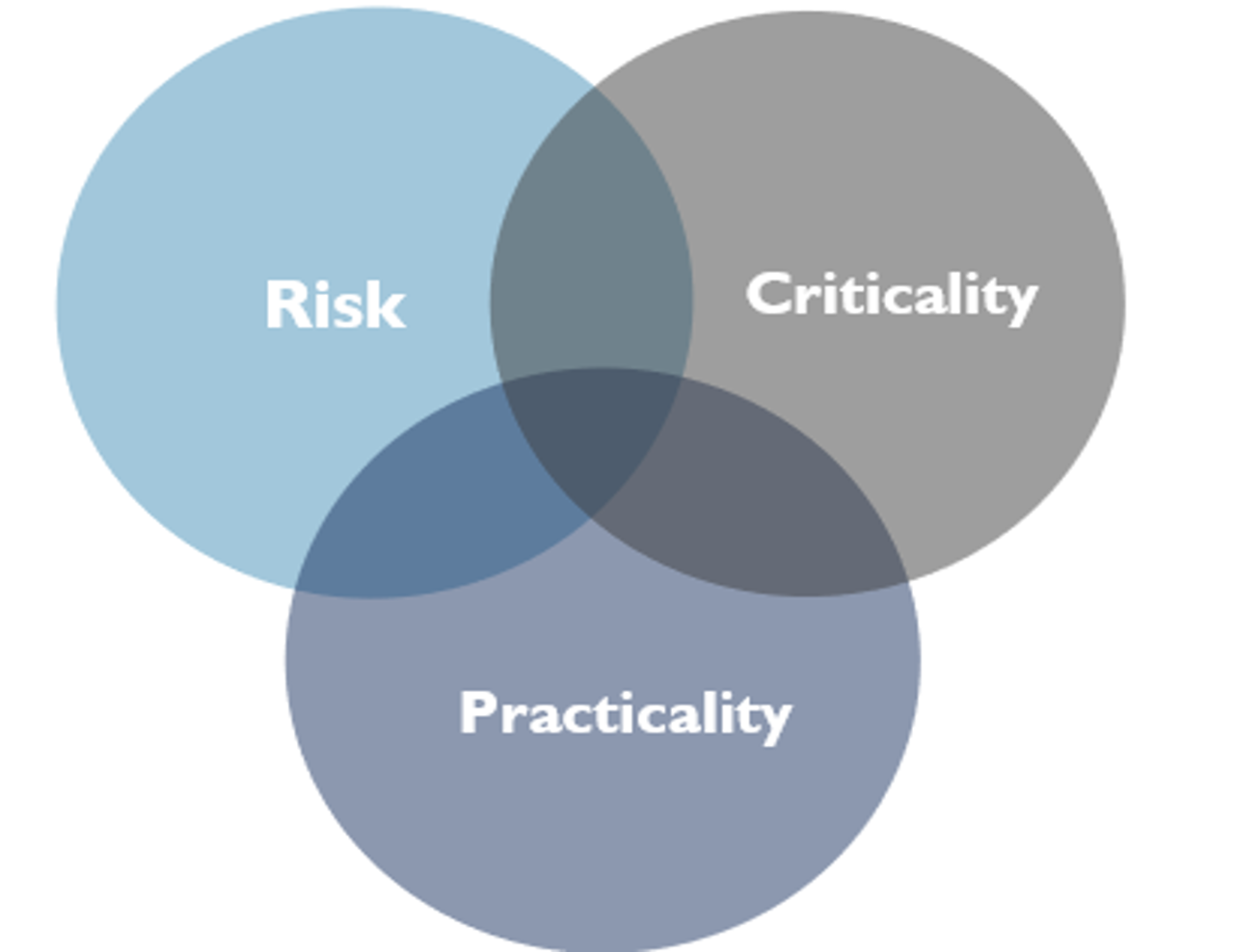
- PROTECT Formula Program Implementation Guidance:
- PROTECT Formula Program Fact Sheet:
https://www.fhwa.dot.gov/bipartisan-infrastructure-law/protect_fact_sheet.cfm
- 5-year PROTECT Formula Program Funding by State:
https://www.fhwa.dot.gov/bipartisan-infrastructure-law/protect_5year_funding_by_state.cfm
- FHWA Resilience Resources:
https://www.fhwa.dot.gov/environment/sustainability/resilience
Email TDOT.PROTECT@tn.gov
